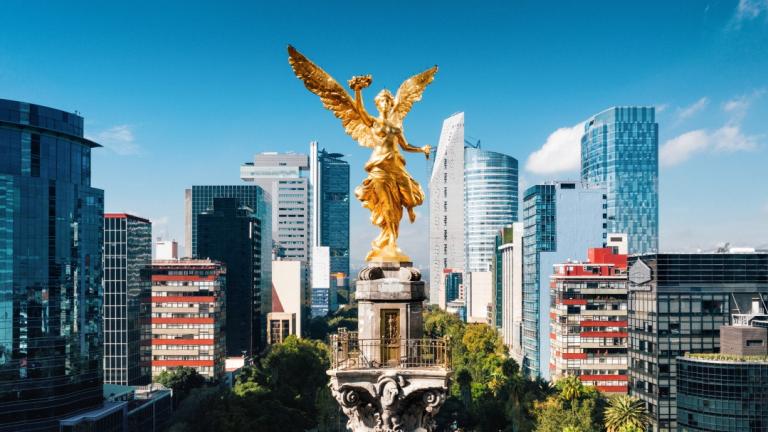
The comings and goings of water define Mexico City, a mile-high metropolis sprawled across three dry lake beds. The city floods in the wet season and thirsts during regular droughts.
CDMX, as the city of 21 million styles itself, pumps more water from the aquifer below it than it replenishes: the city sank some 12 meters in the last century and may sink another 30 meters before hitting rock bottom. The drier land also puts buildings at greater risk for earthquake damage.
Many Mexico City residents cannot rely on the faucets in their homes for water. In 2020, the city spent more than $4 million on water trucks, and residents spent around $187 million on bottled water.
Scientists predict that climate change will exacerbate these problems.
But residents are taking charge of water—and their climate futures—in a variety of ways that promise to buoy the city’s hydraulic balance and perhaps promote equitable access to safe drinking water.
Here we look at projections for Mexico City's climate future and some of the approaches that residents are taking to mitigate the worst of the effects.
Read the full article here: https://www.technologyreview.com/2021/12/23/1041305/mexico-city-sinking-climate-change/






